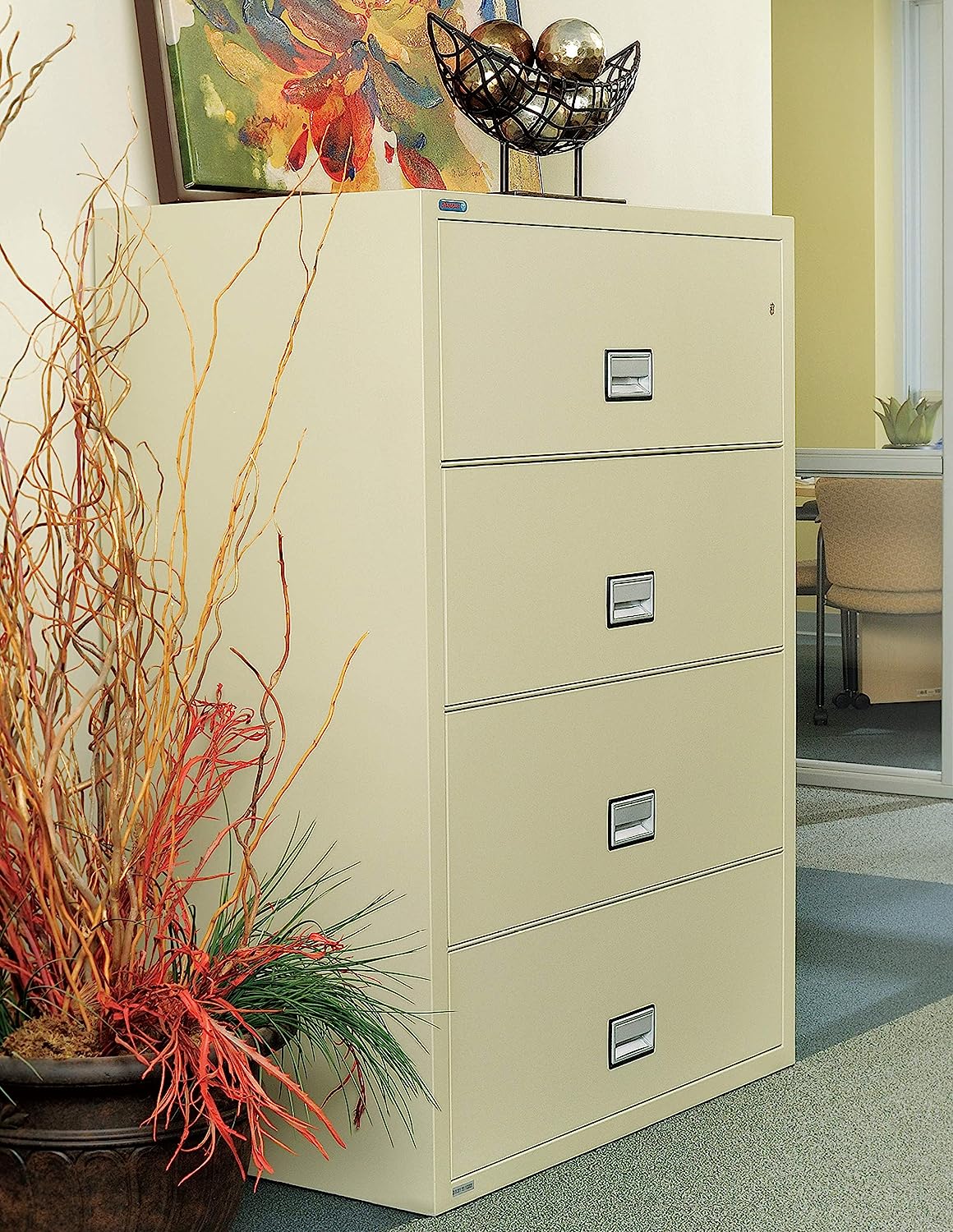

Articles
How To Unlock A Filing Cabinet Without A Key
Modified: September 1, 2024
Discover effective methods to unlock a filing cabinet without a key. Safely access your office storage with these expert tips and tricks.
(Many of the links in this article redirect to a specific reviewed product. Your purchase of these products through affiliate links helps to generate commission for Storables.com, at no extra cost. Learn more)
Introduction
Having a locked filing cabinet can be frustrating, especially when you don’t have the key. Whether you’ve lost the key or just need urgent access to the documents stored inside, there are several methods you can try to unlock a filing cabinet without a key. In this article, we’ll explore different techniques that can help you gain access to your locked filing cabinet.
Before we dive into the methods, it’s important to understand the basic lock mechanisms used in most filing cabinets. Filing cabinets typically have either a pin tumbler lock or a wafer lock. Pin tumbler locks have a series of pins that must be aligned correctly to unlock the cabinet, while wafer locks have thin metal wafers that must be manipulated to open the cabinet.
Now let’s take a look at the tools you’ll need to successfully unlock a filing cabinet without a key. These tools can be easily found around the house or purchased at a local hardware store.
Key Takeaways:
- Unlocking a filing cabinet without a key requires patience and the right tools. Methods such as using a paperclip or nail file can be effective, but seeking professional help is advisable for complex locks.
- It’s crucial to respect the legalities and security of the filing cabinet when attempting to unlock it. Keeping a spare key or using a digital lock with backup access methods can prevent future lockouts.
Read more: How To Unlock Double Lock Door Without Key
Understanding the Lock Mechanism
Before attempting to unlock a filing cabinet without a key, it’s important to have a basic understanding of how the lock mechanism works. This will help you choose the right method and tools for your specific type of lock.
As mentioned earlier, filing cabinets typically use either a pin tumbler lock or a wafer lock. Pin tumbler locks consist of a cylinder that contains a series of pins of different lengths. These pins align with the cuts on the key, allowing it to turn and unlock the cabinet. When you insert the correct key into the lock, the pins align at the shear line, allowing the cylinder to rotate and open the lock.
Wafer locks, on the other hand, use thin metal wafers instead of pins. These wafers are spring-loaded and rest on a central post inside the lock. When the correct key is inserted, the wafers are pushed upward, aligning them with the shear line and allowing the lock cylinder to turn.
It’s important to note that some filing cabinets may have more advanced lock systems, such as combination locks or electronic locks. These locks require specific methods or tools, and it’s usually best to consult a professional locksmith if you’re having trouble unlocking them.
Now that you have a general understanding of how the lock mechanism works, let’s move on to the tools you’ll need to unlock your filing cabinet without a key.
Tools Required
Unlocking a filing cabinet without a key may require a few basic tools. Here are the essential tools you’ll need to have on hand:
- Paperclip: A sturdy paperclip can be used for various methods, such as picking the lock or pressing the release button.
- Nail file or similar tool: A nail file or a tool with a thin, flat edge can help manipulate the lock mechanism.
- Screwdriver: A small flathead or Phillips screwdriver may be needed to remove any screws or access panels on the cabinet.
- Drill: If all else fails, a drill with the appropriate drill bit can be used to remove the lock entirely.
- Lubricant: WD-40 or a similar lubricant can help loosen any stuck parts or make the lock easier to manipulate.
- Optional: Pliers, tension wrench, or other tools may be useful depending on the method you choose.
It’s important to note that while these tools are commonly used for unlocking filing cabinets without a key, they are not guaranteed to work in every situation. The effectiveness of each tool may vary depending on the lock type, condition, and your level of skill.
Now that you have the necessary tools, let’s explore different methods you can use to unlock your filing cabinet without a key.
Method 1: Using a Paperclip
The paperclip method is one of the simplest ways to unlock a filing cabinet without a key. Here’s how to do it:
- Straighten the paperclip: Take a paperclip and straighten it out as much as possible. Ensure that you have a long, thin piece of metal to work with.
- Create a pick: Bend the end of the paperclip into a small hook, creating a pick-like tool. This will be used to manipulate the pins or wafers inside the lock.
- Insert the pick: Insert the bent end of the paperclip into the keyway of the lock. Gently push the pick inside, feeling for resistance.
- Apply tension: Using your other hand or a pair of pliers, apply slight rotational pressure to the lock cylinder. This tension helps to set the pins or manipulate the wafers while you work the pick.
- Manipulate the pins or wafers: Move the pick up and down inside the lock, applying light pressure to each pin or wafer. Feel for any movement or clicking sensation, as this indicates that the pin or wafer is set.
- Repeat the process: Continue manipulating the pins or wafers, one by one, until they are all set. Once all the pins or wafers are aligned, the lock should turn and unlock.
It’s important to note that this method requires patience and finesse. It may take several attempts to successfully unlock the filing cabinet. If you’re having trouble, try using different levels of pressure and adjusting the position of the pick within the lock.
Now that you’re familiar with the paperclip method, let’s move on to the next method: using a nail file or similar tool.
Method 2: Using a Nail File or Similar Tool
If you don’t have a paperclip available, you can try using a nail file or a similar thin, flat tool to unlock your filing cabinet. Here’s how to do it:
- Select a suitable tool: Find a nail file or a similar thin, flat object that can fit into the keyway of the lock. It should be sturdy enough to provide leverage without breaking.
- Insert the tool: Insert the nail file or tool into the keyway of the lock, just like you would with a key.
- Apply pressure: Apply slight rotational pressure to the tool, mimicking the turning motion of a key. This tension helps manipulate the pins or wafers inside the lock.
- Manipulate the pins or wafers: While applying pressure, move the tool up and down inside the lock, trying to manipulate the pins or wafers. Feel for any movement or clicking sensation, as this indicates progress.
- Continue the process: Repeat the manipulation process, adjusting the pressure and position of the tool. Keep working on the pins or wafers until they are all aligned and the lock turns.
Keep in mind that this method requires a bit of patience and trial-and-error. It may take some time to develop the finesse needed to successfully unlock the filing cabinet. If you’re facing difficulties, try adjusting the pressure, angle, or position of the tool to find the right combination.
If the previous methods haven’t worked for you, don’t worry. There are still a couple of methods you can try, including using a screwdriver or even a drill, which we’ll cover in the following sections.
You can try using a paperclip or a small screwdriver to pick the lock on a filing cabinet. Insert the tool into the keyhole and gently apply pressure while turning it to unlock the cabinet.
Method 3: Using a Screwdriver
If the paperclip or nail file methods didn’t work for you, another option to try is using a screwdriver. Here’s how you can unlock a filing cabinet using a screwdriver:
- Assess the situation: Before proceeding with this method, check if there are any visible screws on the cabinet that could be used to disassemble it. Some filing cabinets have screws on the sides, back, or even the top.
- Remove the screws: If you spot any screws, use a screwdriver to carefully remove them. Take note of the size and location of each screw, as this will be important when reassembling the cabinet later.
- Access the lock mechanism: Once the screws are removed, you should be able to access the lock mechanism from inside the cabinet. Look for the metal latch or mechanism that secures the cabinet and locate the release button or lever.
- Operate the release button: Using the screwdriver or your fingers, press or manipulate the release button or lever to unlock the cabinet. This will depend on the specific design of your filing cabinet.
- Test the lock: Once the release button or lever is operated, test the lock by attempting to open the cabinet. If all goes well, the cabinet should now be unlocked and ready for use.
Keep in mind that this method requires some level of knowledge about the inner workings of the cabinet, as well as the ability to safely disassemble and reassemble it. If you’re unsure or uncomfortable with this approach, it’s best to seek professional assistance from a locksmith or cabinet specialist.
If all else fails, there is one more method you can try: using a drill. We’ll explore this method in the next section.
Method 4: Using a Drill
If previous methods have been unsuccessful or you’re dealing with a particularly stubborn lock, you can resort to using a drill to unlock your filing cabinet. Here’s how you can do it:
- Assess the situation: Before proceeding with this method, consider that it will permanently damage the lock and potentially the cabinet. Only use this method if you have exhausted all other options and have permission to drill into the cabinet.
- Prepare the drill: Equip a drill with a drill bit that matches the size of the lock cylinder. It’s important to choose a drill bit that will fit snugly into the lock to ensure accuracy.
- Select a drilling point: Find a suitable point on the lock cylinder to drill into. Aim for the sheer line, which is the point where the pins or wafers align. This will give you the best chance of successfully unlocking the cabinet.
- Start drilling: With the drill bit aligned, slowly and steadily apply pressure as you start drilling into the lock cylinder. Maintain a consistent speed and be careful not to damage the surrounding cabinet material.
- Remove the lock cylinder: Once you have drilled deep enough, the lock cylinder should detach from the cabinet. Use pliers or your fingers to remove it completely.
- Unlock the cabinet: With the lock cylinder removed, the cabinet should now be accessible. You can open it and retrieve your documents or replace the lock with a new one.
It’s important to note that using a drill should be a last resort and is not recommended unless you are willing to accept the irreversible damage to the lock and cabinet. Additionally, always exercise caution while operating power tools and wear appropriate safety gear.
Remember, seeking professional help from a locksmith is always a viable option if you’re unsure about using a drill or any other method to unlock your filing cabinet.
Now that you’re familiar with different methods, let’s discuss some additional tips and precautions to keep in mind.
Additional Tips and Precautions
When attempting to unlock a filing cabinet without a key, there are some additional tips and precautions you should keep in mind:
- Stay organized: As you attempt different methods, keep track of what you have tried and any progress you’ve made. This can help you avoid repeating unsuccessful attempts and focus on the most promising techniques.
- Be patient and persistent: Unlocking a filing cabinet without a key can be a trial-and-error process. Stay patient and don’t get discouraged if your initial attempts are unsuccessful. Persistence can pay off in finding the right method or technique.
- Use lubricant if needed: If the lock feels stiff or difficult to manipulate, applying a small amount of lubricant like WD-40 can help loosen it. This can make the picking or manipulating process smoother and more effective.
- Know when to seek professional help: If you’ve tried various methods and still can’t unlock the filing cabinet, it’s best to seek professional assistance. A locksmith has the expertise and tools necessary to handle more complex lock systems or provide alternative solutions.
- Remember the legalities: It’s crucial to remember that attempting to unlock a filing cabinet without the owner’s permission may be illegal. Always ensure you have the right to access the cabinet’s contents before attempting any unlocking methods.
- Keep a spare key or backup plan: To avoid future lockouts, consider keeping a spare key in a secure location or using a digital lock with a backup access method, such as a keypad or biometric lock.
Remember, the techniques described in this article should only be used for legitimate reasons and with proper authorization. When in doubt, consult a professional locksmith to ensure the security and integrity of your filing cabinet.
With these tips and precautions in mind, you should now have a better understanding of how to unlock a filing cabinet without a key. Choose the method that suits your situation and give it a try. Good luck!
Disclaimer: This article is for informational purposes only. The methods described may not work for all types of locks or in all circumstances. Use these techniques responsibly and in compliance with applicable laws and regulations.
Conclusion
Unlocking a filing cabinet without a key can be a challenging task, but with the right tools and techniques, it is possible to gain access to your documents. Throughout this article, we explored various methods, including using a paperclip, nail file, screwdriver, and even a drill.
Remember, the most important factor in successfully unlocking a filing cabinet without a key is patience. It may take several attempts and some trial-and-error before you find the method that works for you. It’s essential to approach the process with caution and respect for the security of the cabinet.
If you’re unsure about any of the methods or feel uncomfortable attempting them, it is always advisable to seek assistance from a professional locksmith. They have the experience and expertise to handle various types of locks and can ensure that the process is carried out safely and effectively.
Additionally, it’s important to note that attempting to unlock a filing cabinet without proper authorization may be illegal and could lead to legal consequences. Always ensure that you have the right to access the cabinet’s contents before attempting any unlocking methods.
Lastly, consider taking preventive measures to avoid future lockouts. Keep a spare key in a secure location or consider using a digital lock with backup access methods. This way, you can avoid the frustration of being locked out of your filing cabinet in the future.
Remember, the information provided in this article is for educational purposes only. Use these techniques responsibly and within the bounds of the law.
We hope that this guide has provided you with valuable insights into unlocking a filing cabinet without a key. Good luck in unlocking your cabinet and gaining access to your important documents!
Curious about keeping your belongings safe after mastering the art of unlocking filing cabinets? Dive deeper into safeguarding your home by reading about why robust home security systems are essential. You'll find handy insights on how to deter burglars and ensure peace of mind for you and your family.
Frequently Asked Questions about How To Unlock A Filing Cabinet Without A Key
Was this page helpful?
At Storables.com, we guarantee accurate and reliable information. Our content, validated by Expert Board Contributors, is crafted following stringent Editorial Policies. We're committed to providing you with well-researched, expert-backed insights for all your informational needs.
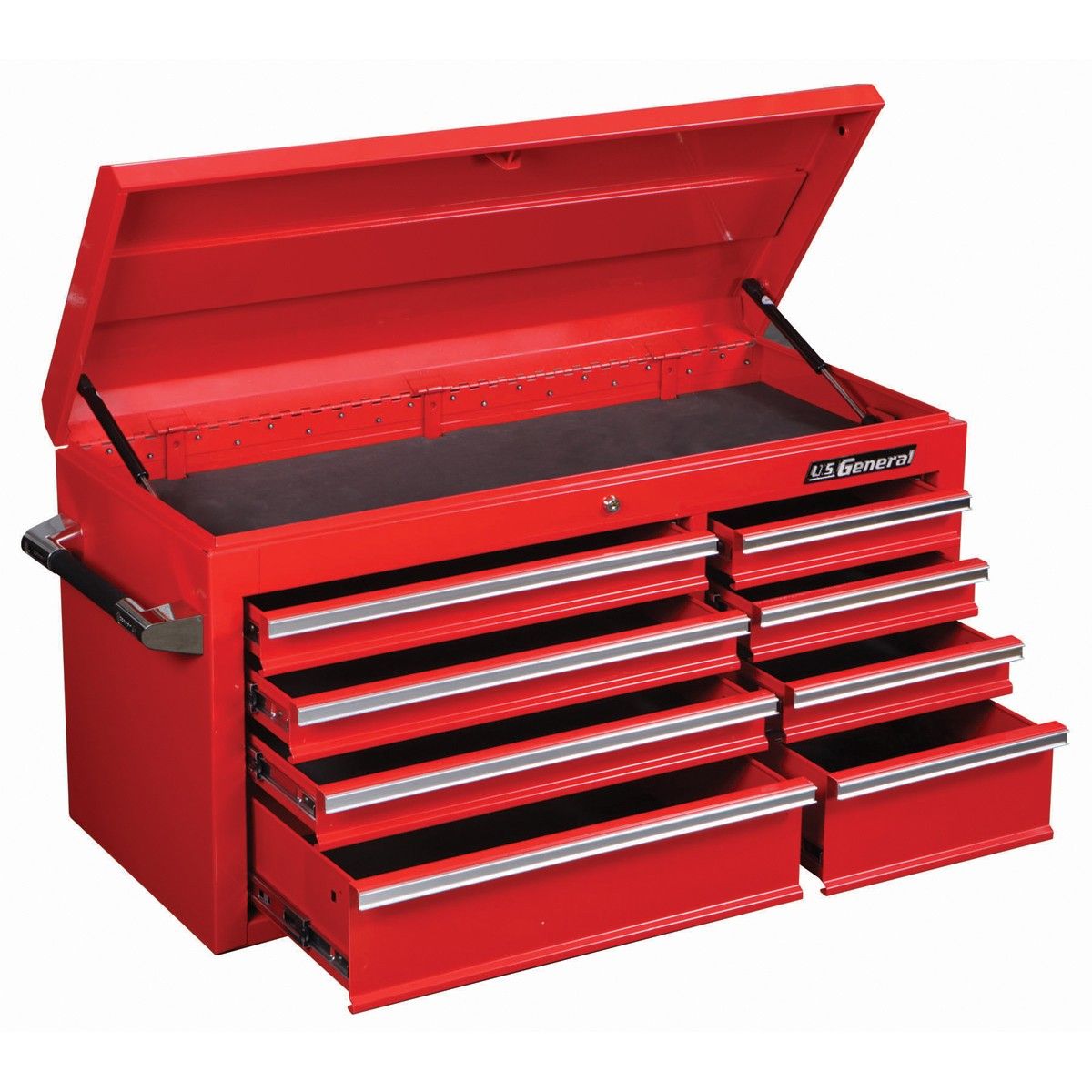
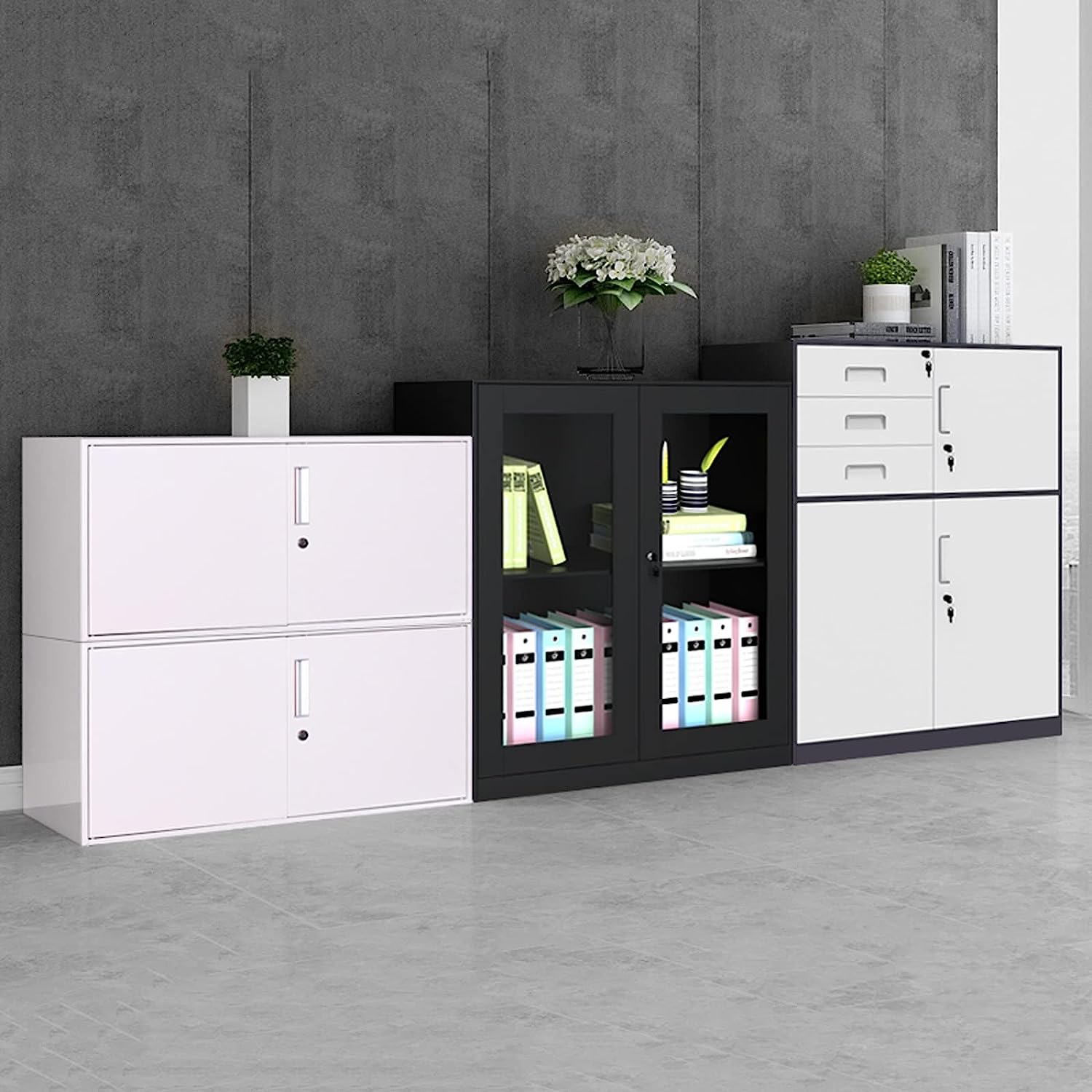
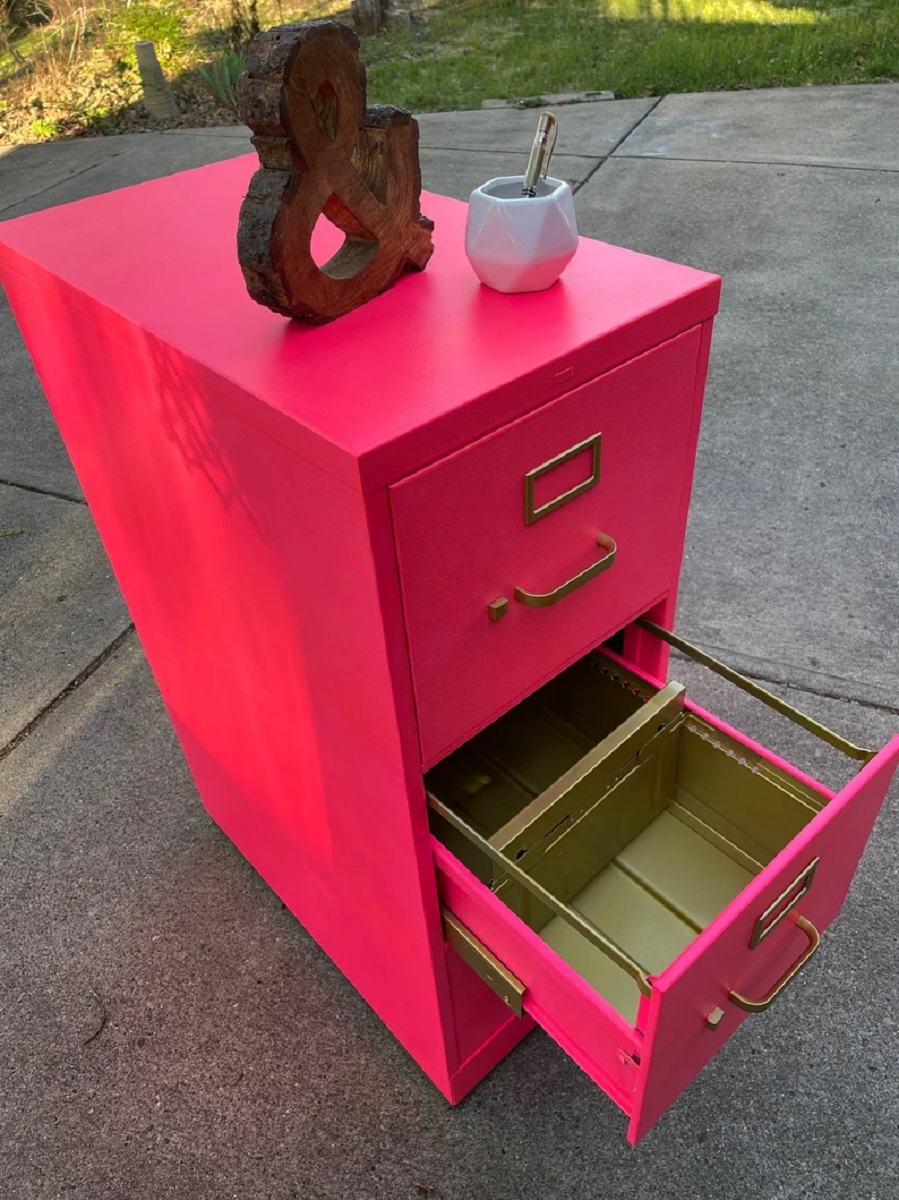
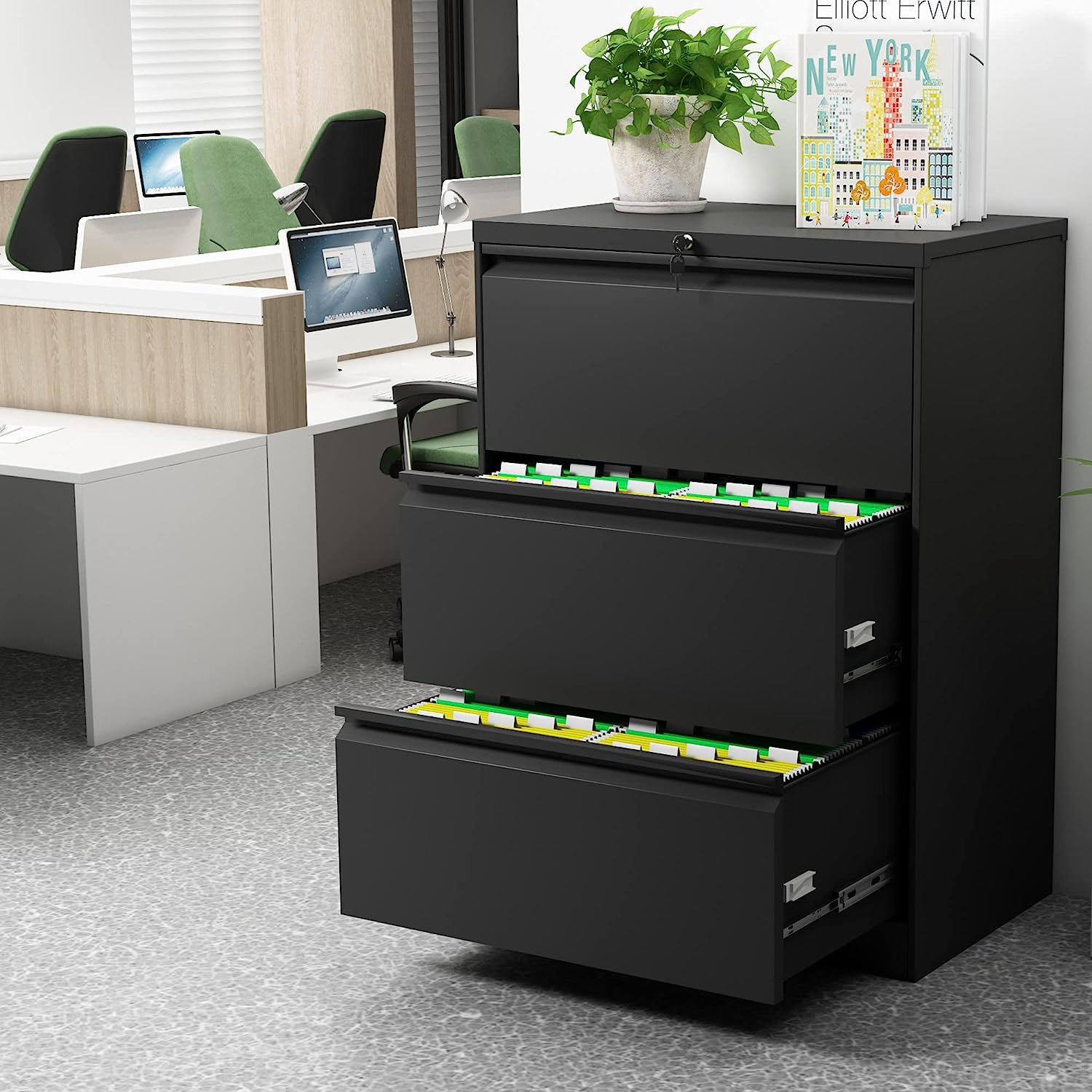
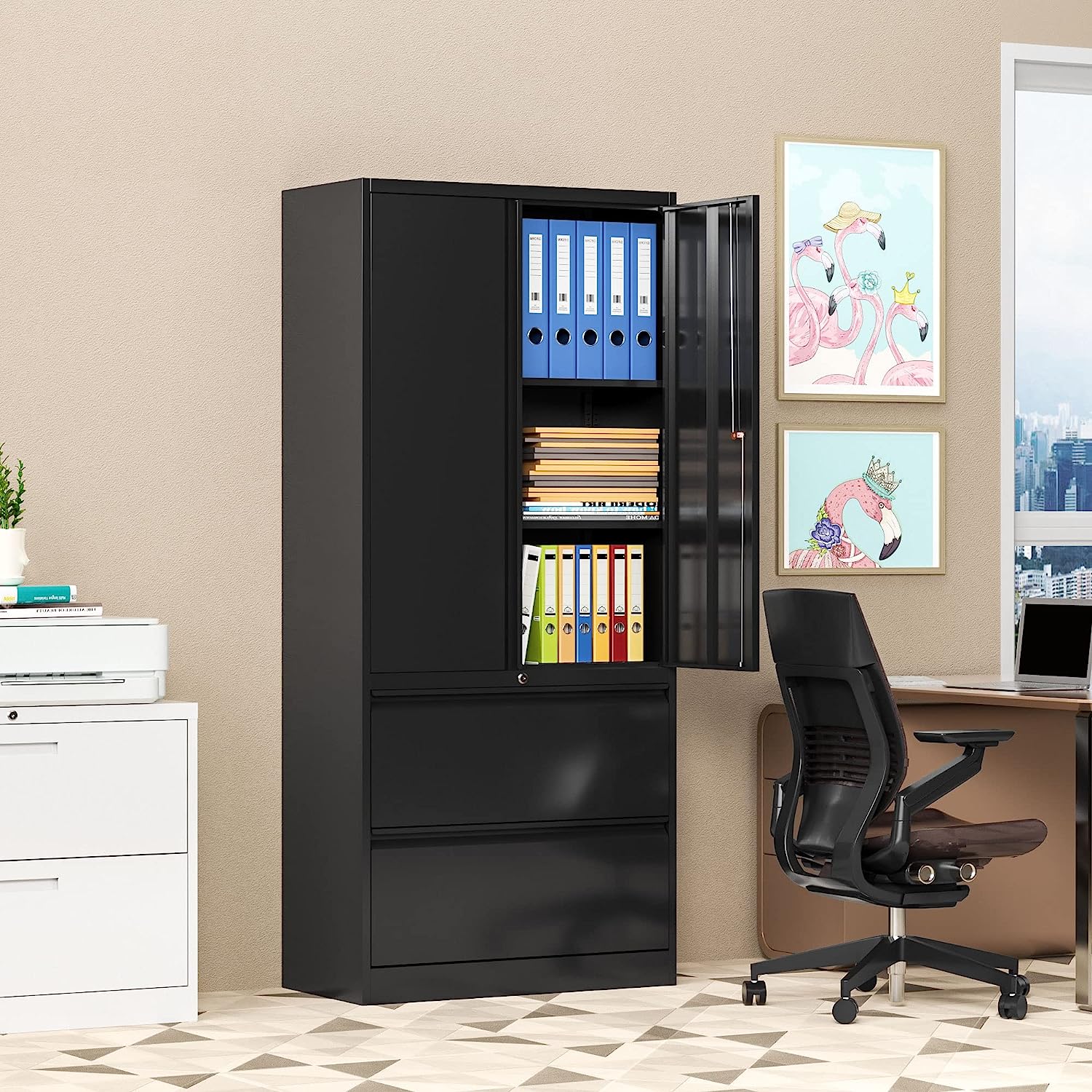
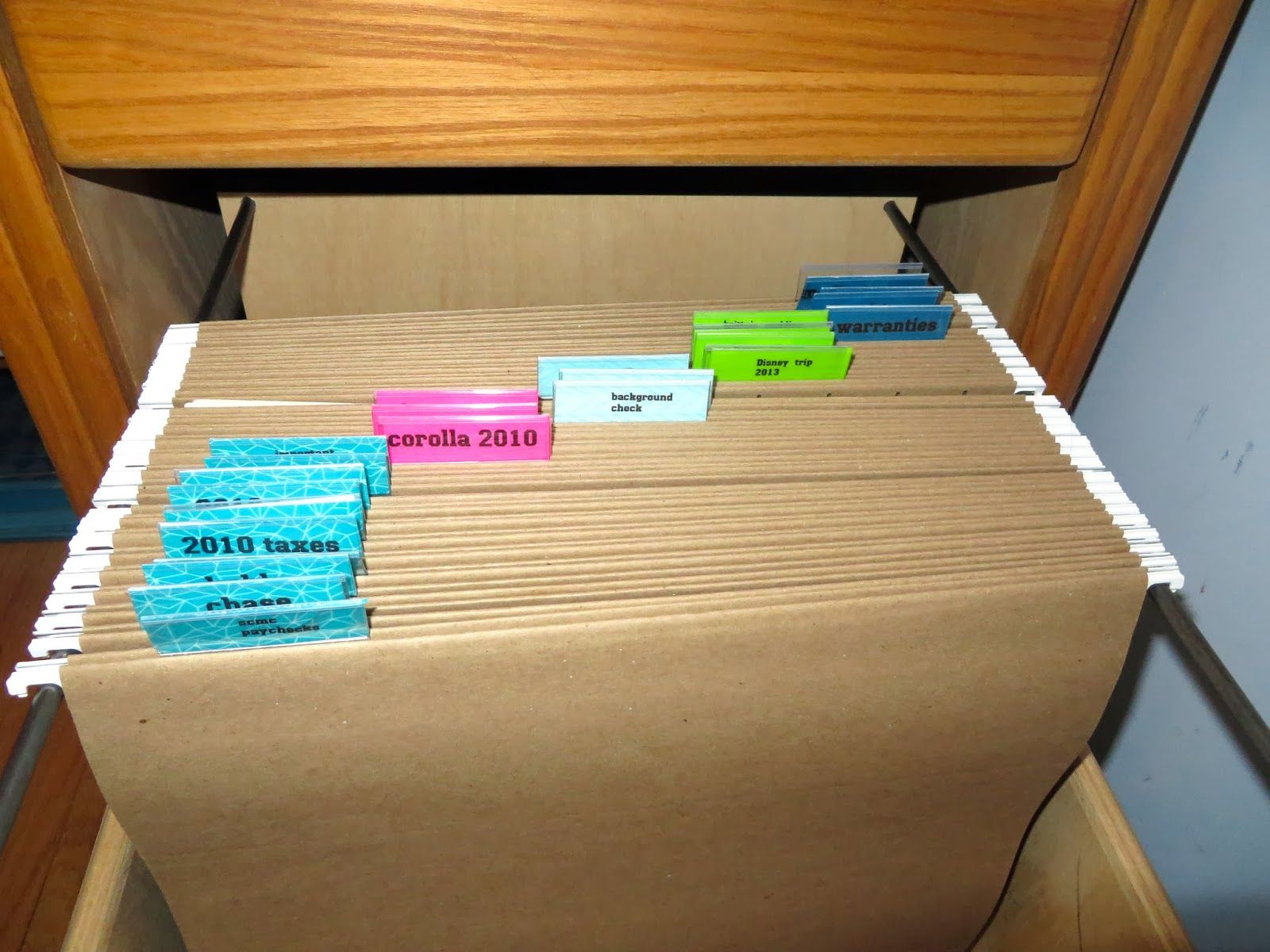

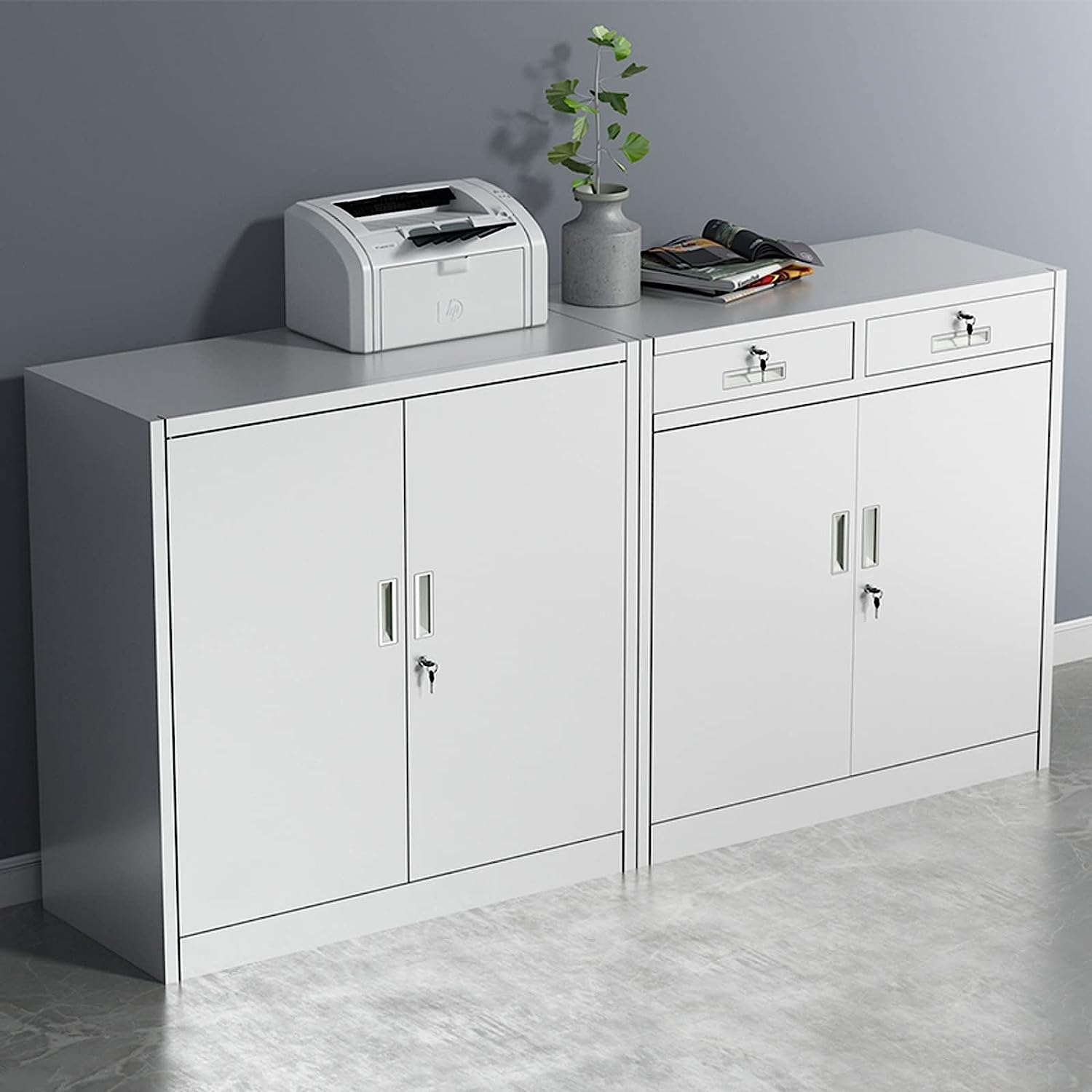
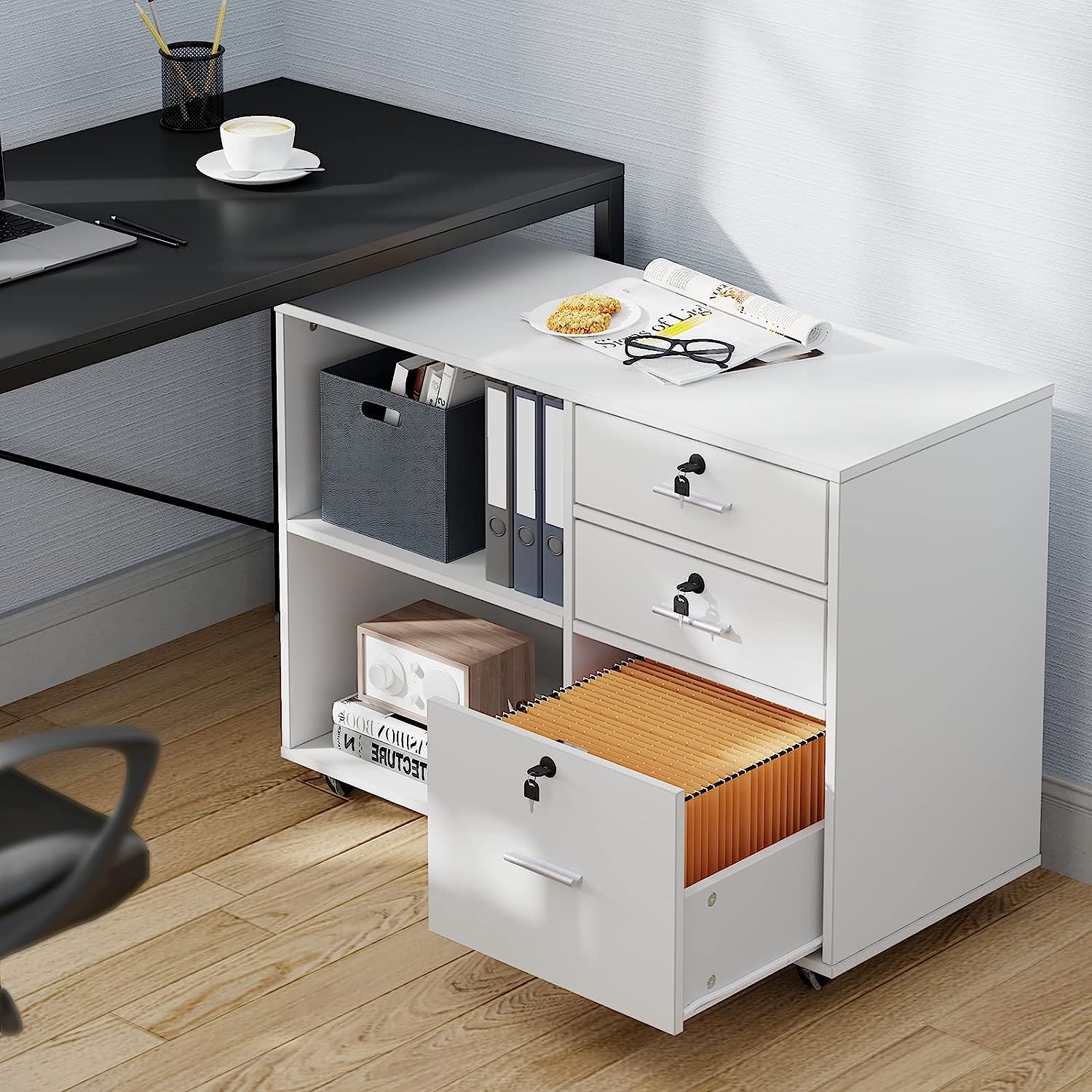
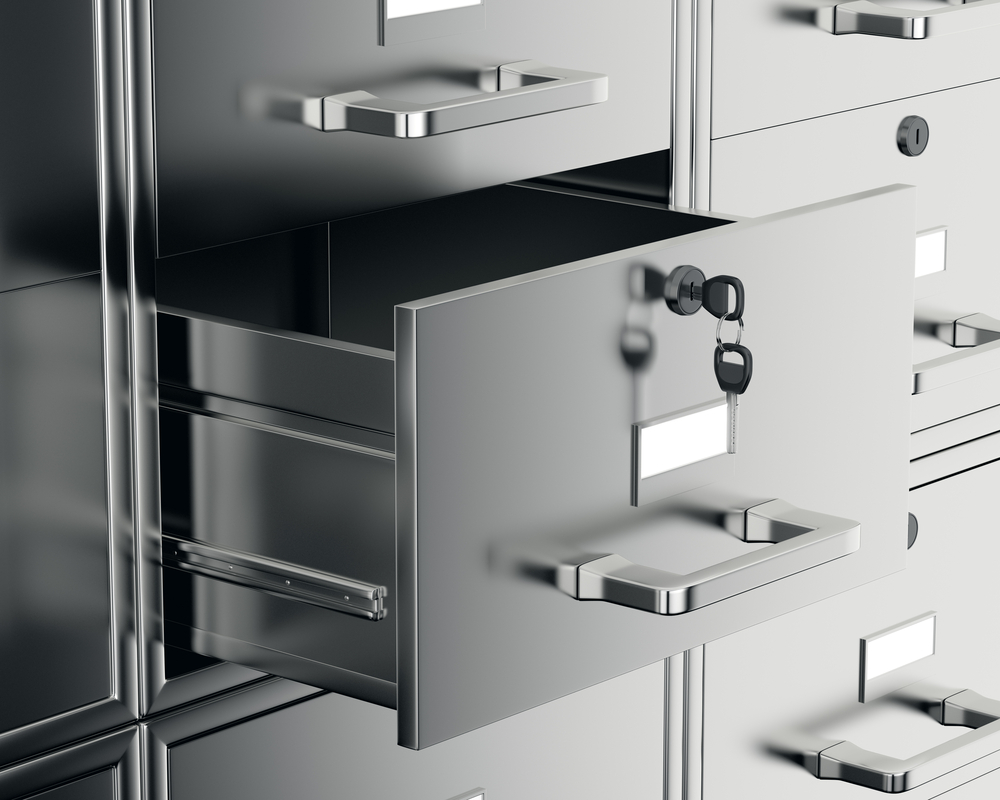
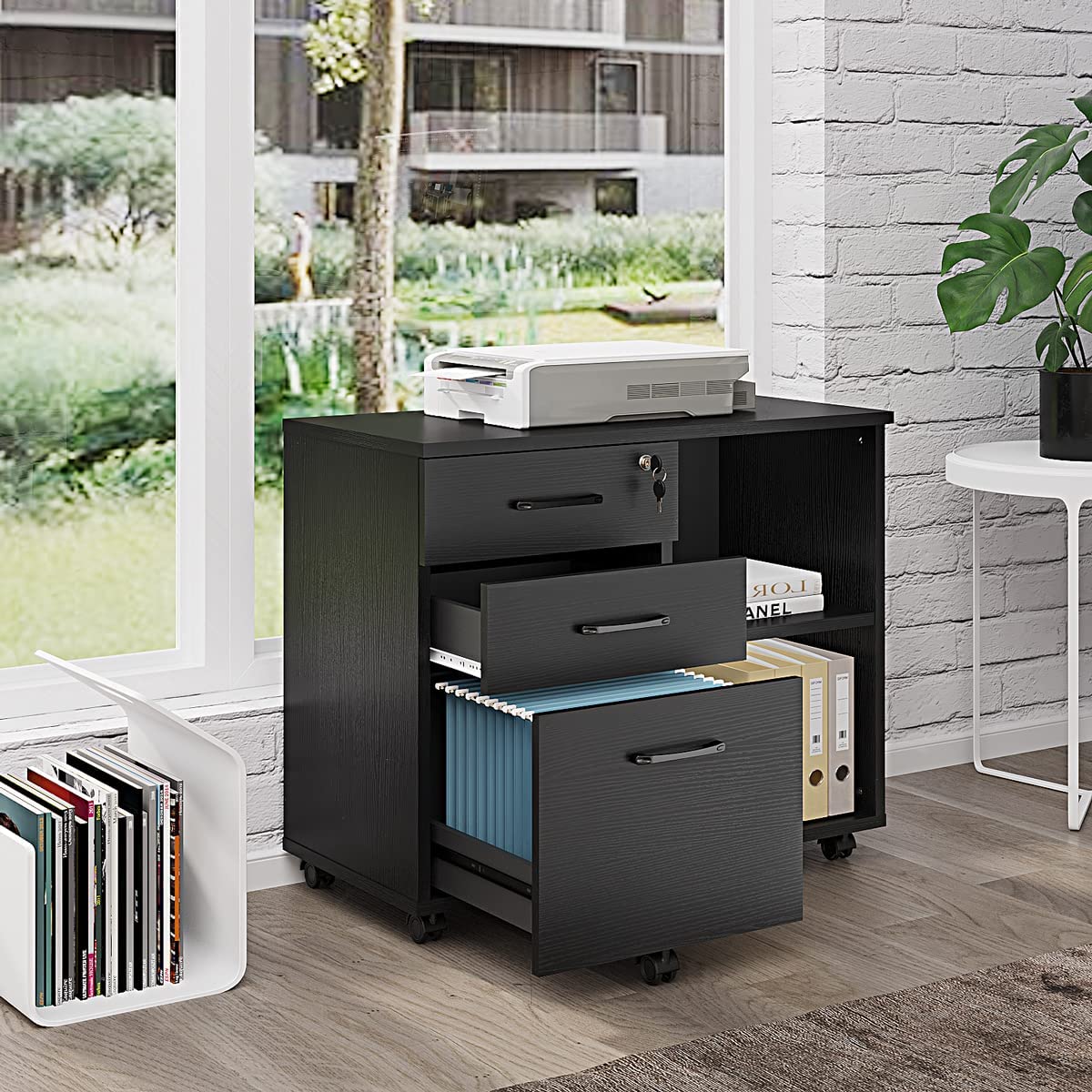
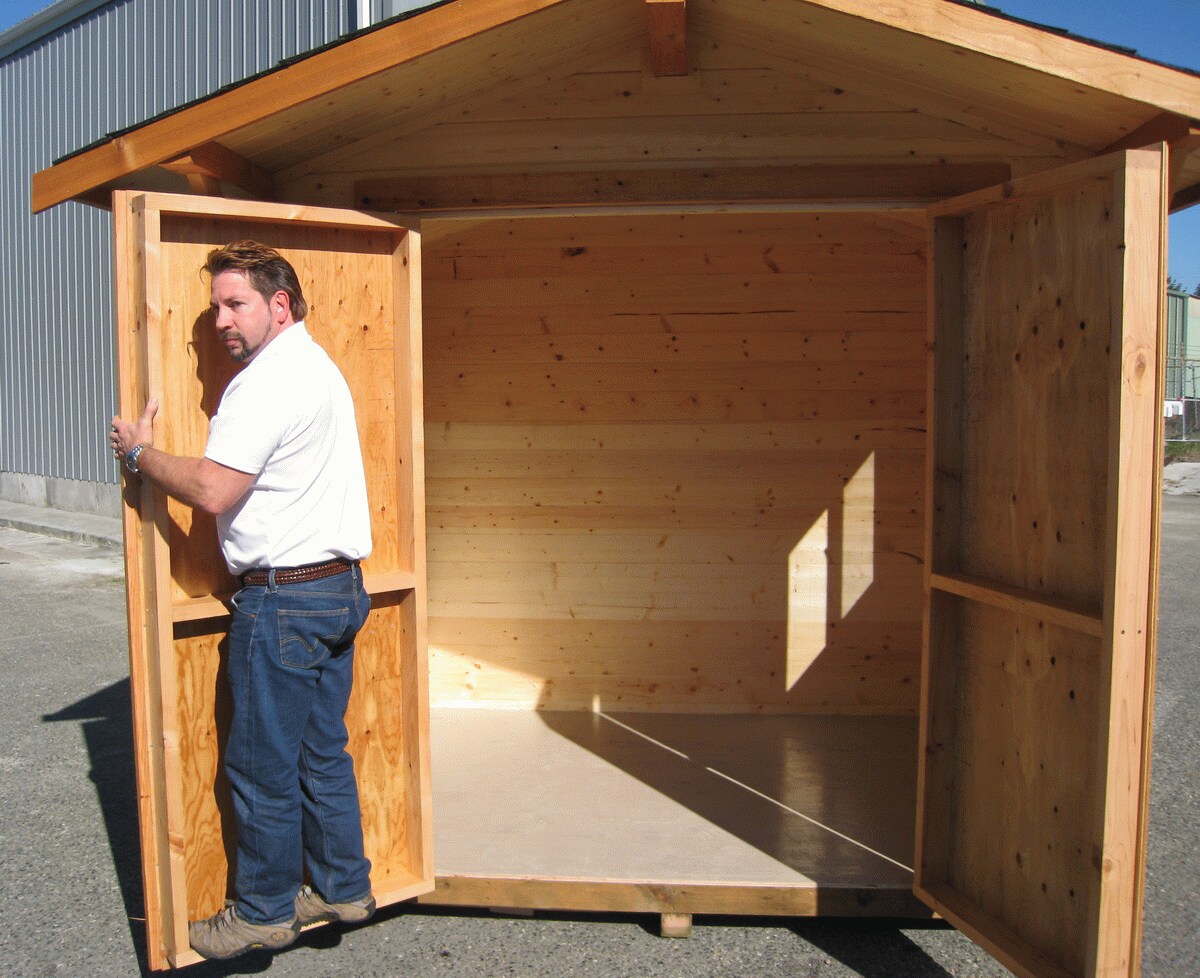
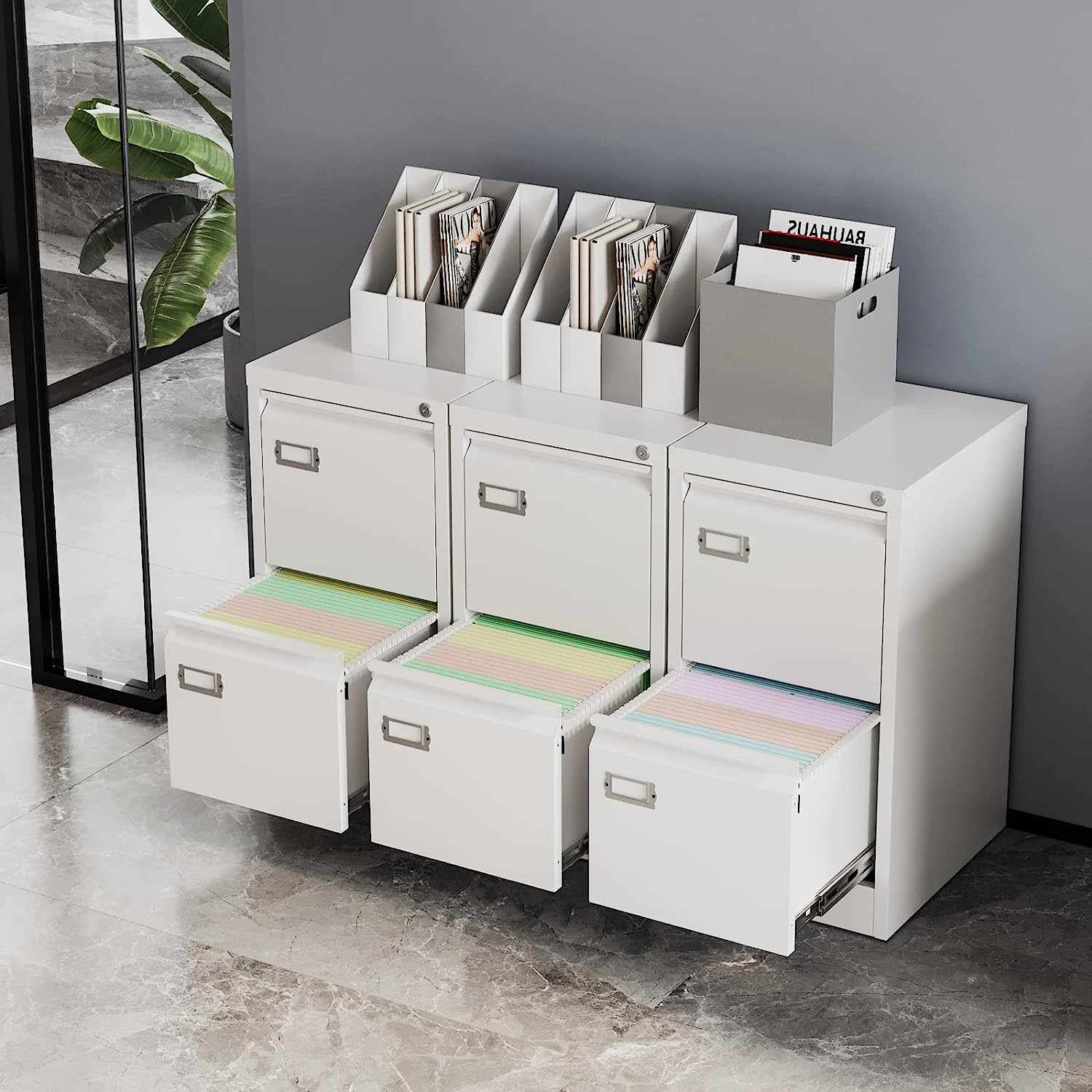
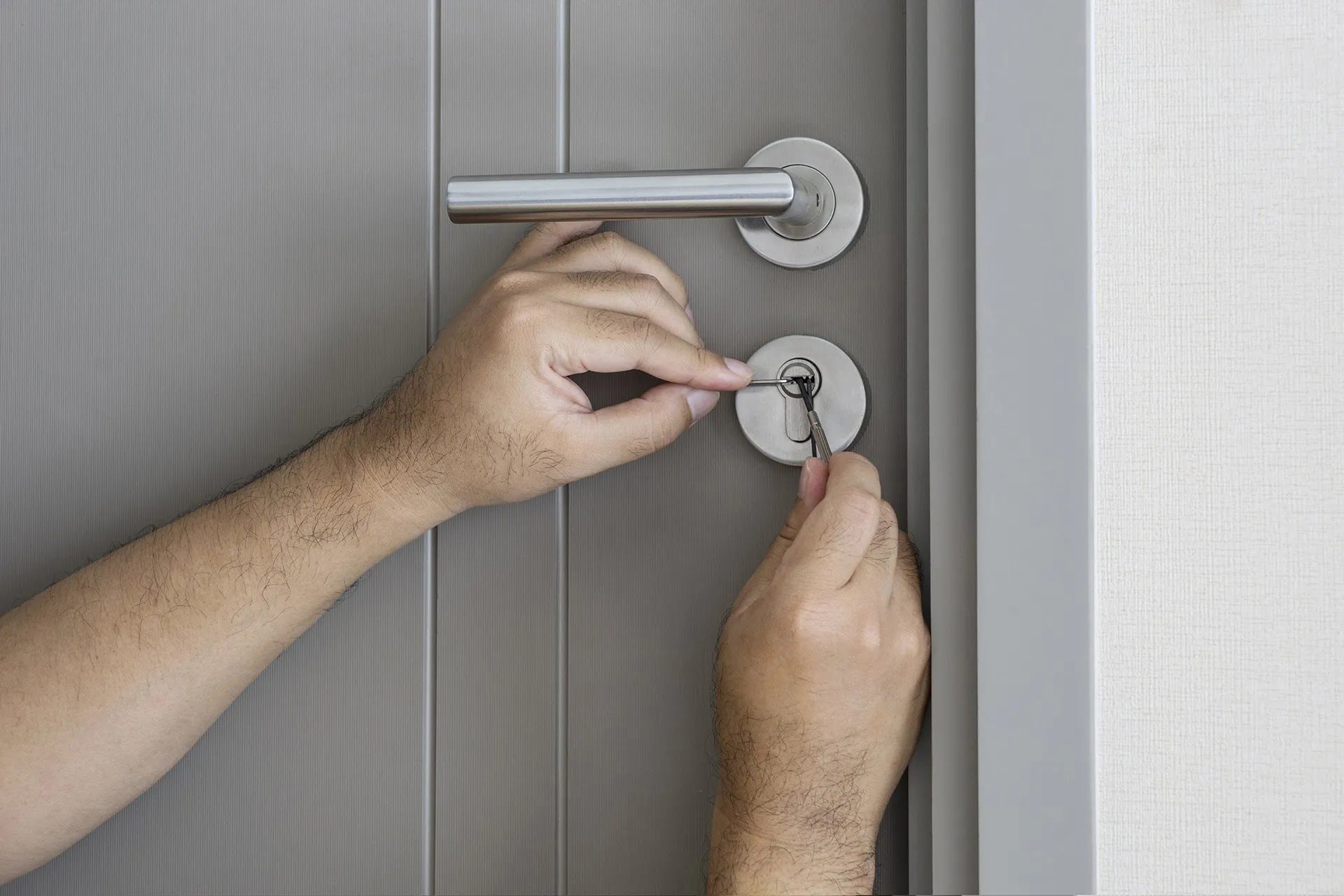

0 thoughts on “How To Unlock A Filing Cabinet Without A Key”